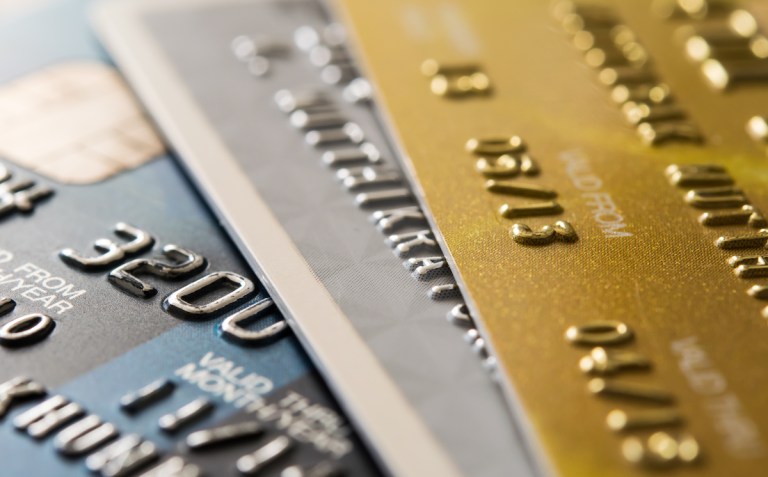
Credit card use is up, and card balances are increasing.
It may be the more vulnerable borrowers among us signaling that distress could lie ahead — particularly in auto loans and retail cards.
Data released this week from VantageScore showed that credit card are delinquencies rising compared to a year ago. The most significant increase was seen in the subprime category, where those delinquency rates jumped 20% year over year.
The VantageScore findings show that overall delinquencies in April (the latest data presented) were up for the 30 to 59 days past due categories to 0.6% from 0.2% last year. Year-over-year balances gained 5.6% in April to $5,457.
Drilling down a bit into auto lending, for loans past due, in the aggregate, the 30- to 59-day delinquency rate stood at 1.88% in April, a bump up from 1.6% in March, and higher than 1.5% last year. The balance-to-loan ratio stood at 64%, indicating there’s a lot left to pay down.
Connecting the dots from the Federal Reserve’s latest data on household credit and debt, the central bank noted that the share of current debt becoming delinquent increased. Delinquent debt tied to cards and auto loans increased by 0.6 and 0.2 percentage points, respectively, “approaching or surpassing their pre-pandemic levels,” the Fed wrote. The share of auto loan debt in serious delinquency — at more than 90 days — was 2.3% in the quarter that ended in March, up from 1.6% a year ago. The share of credit card debt at least 90 days past due was 4.6%, up from 3% last year.
The smoke signals are there, then, for lenders. Discover’s latest earnings results, for just one example, showed that credit card delinquency rates for loans at least 30 days past due stood at 2.7% in the quarter that ended in March, up from about 1.8% in the previous year.
Earnings results from Capital One, a significant subprime lender, showed a 30-day delinquency rate of 3.9%, up from 2.2% last year. Net charge-off rates in its auto lending segment were 1.5% versus 0.7% last year.
PYMNTS data underscores the pressure that is on consumers in the paycheck-to-paycheck economy, especially the ones that have had trouble making ends meet. Consumers with issues paying their monthly bills on average carry balances of 157% of their available savings, which indicates there’s no real wiggle room to ease those debt pressures.
Yet credit is still being tapped.
Forty-two percent of consumers said they would be likely to take on more credit products in the next year. Credit card debt tops the list, at 21% of the entire sample of consumers we queried, rising to 27% of consumers with issues paying their bills.
There’s some indication that the lifeline grows taut, as roughly half of “credit marginalized” consumers, who have been rejected for credit at least once in the past 12 months, live paycheck to paycheck.